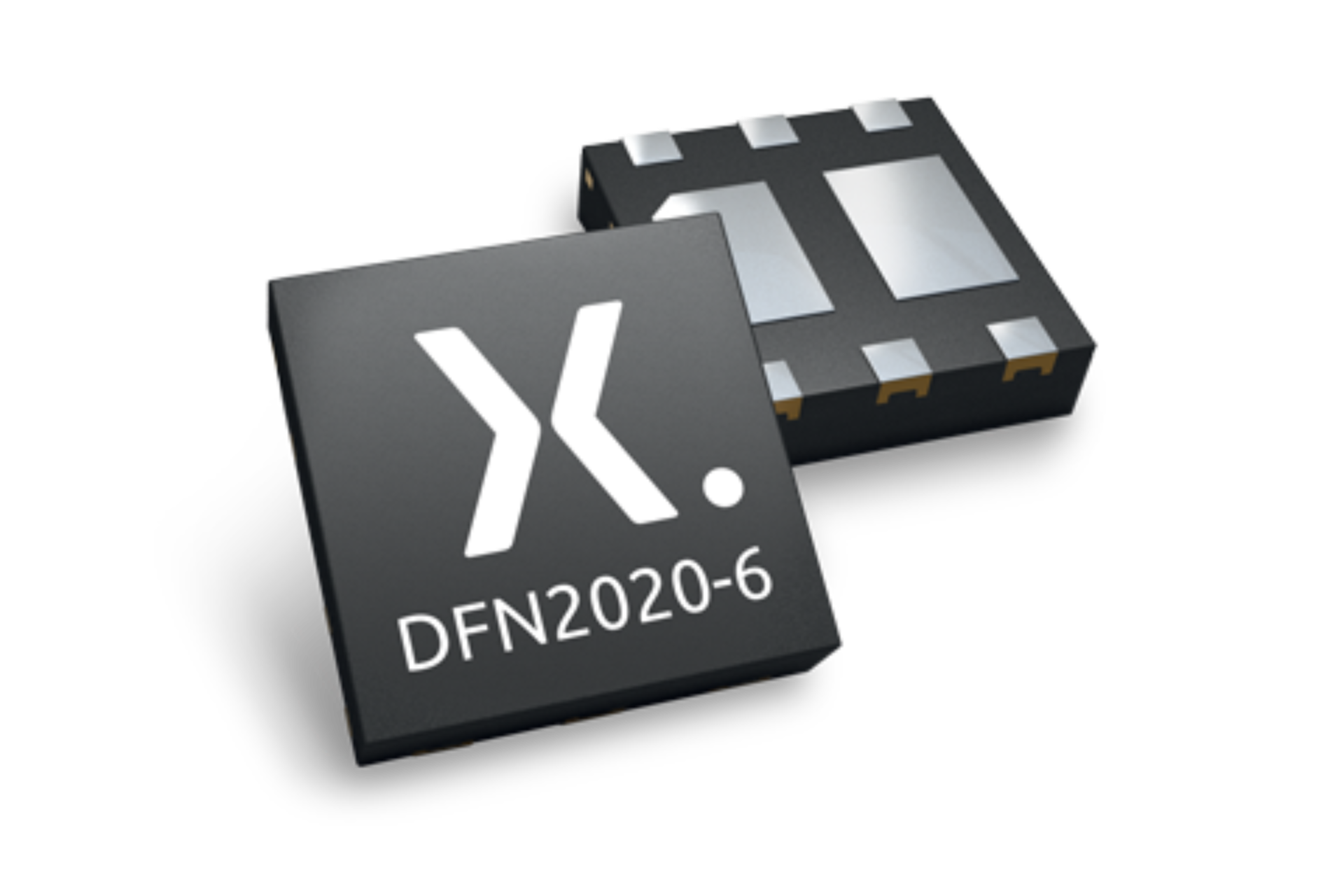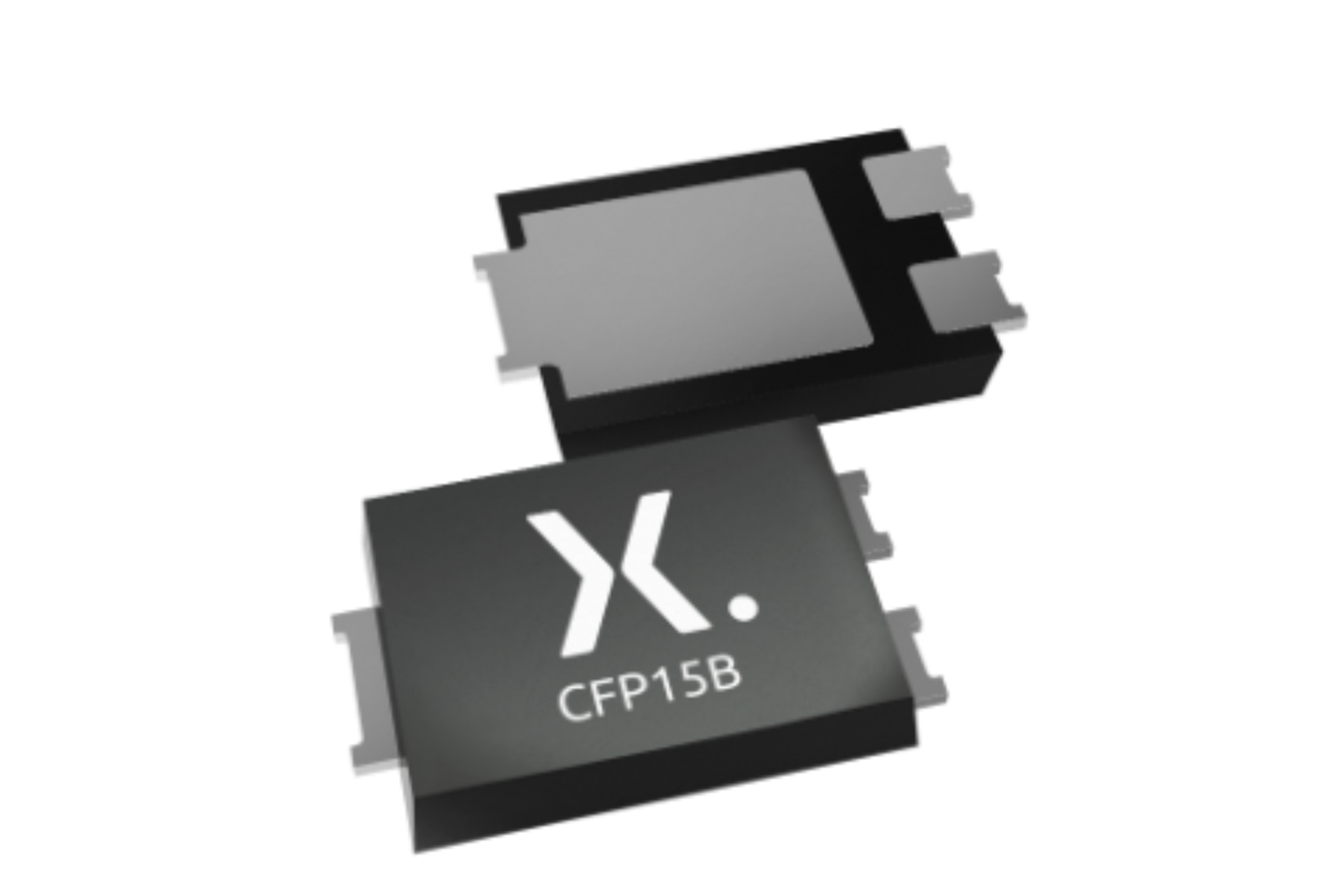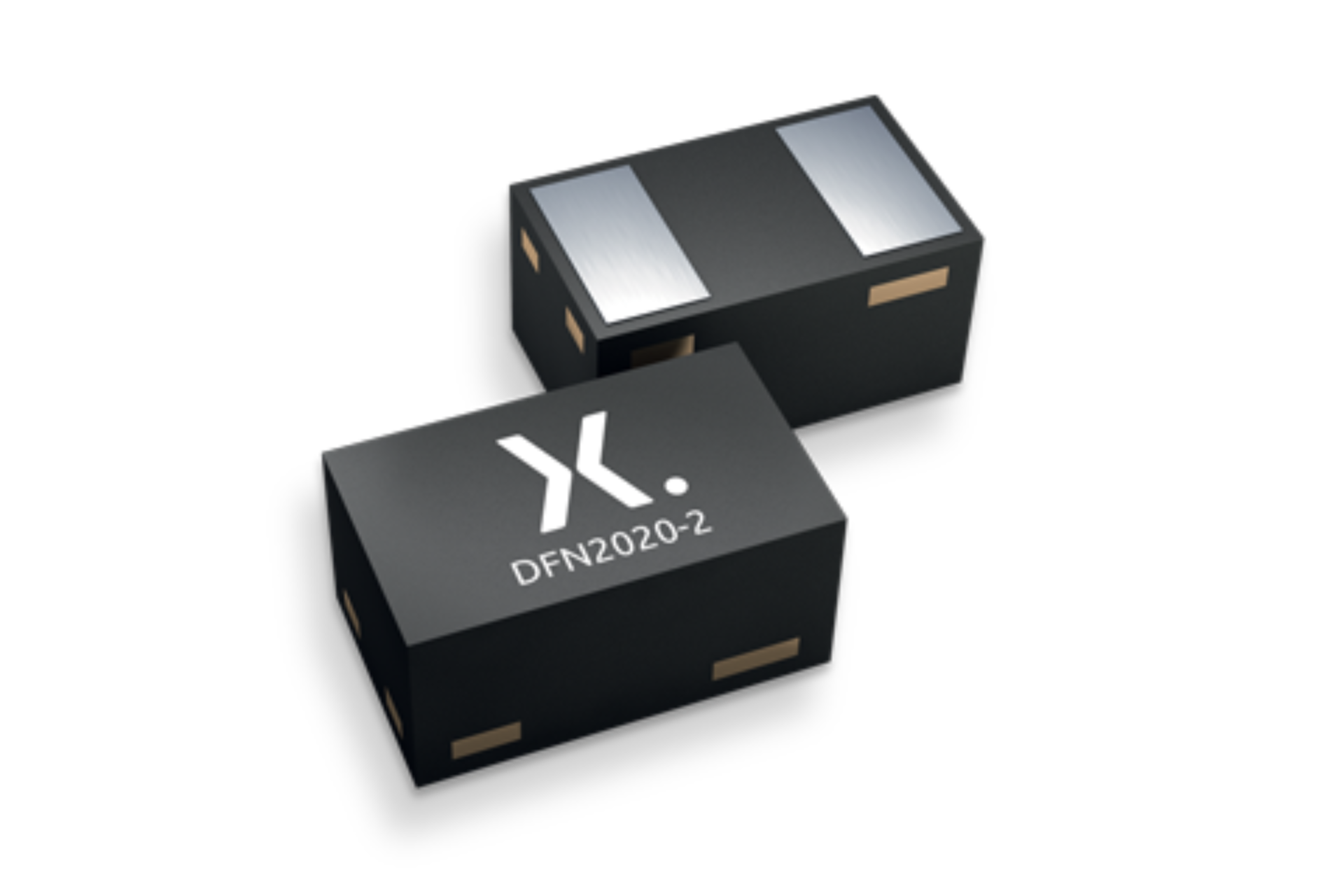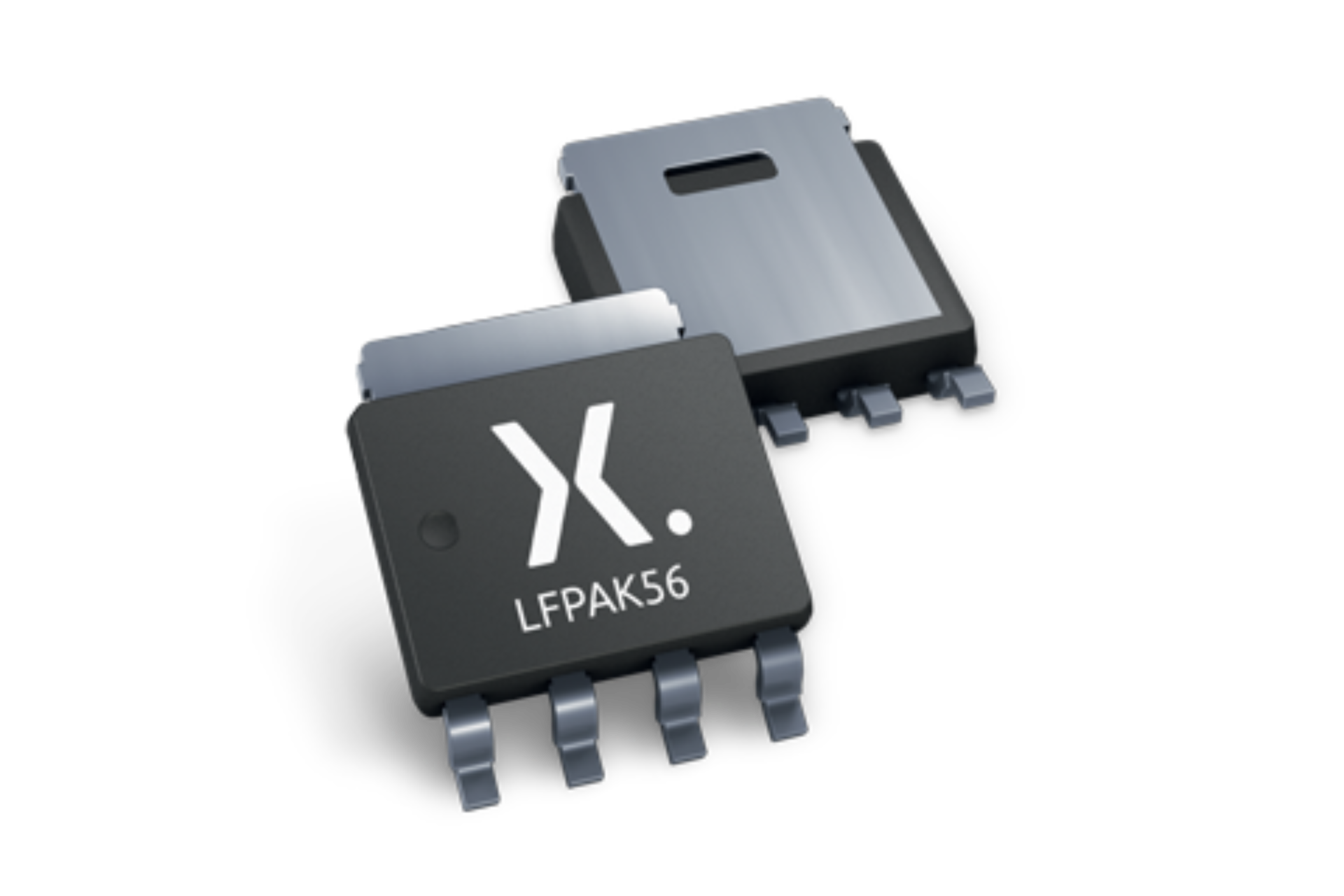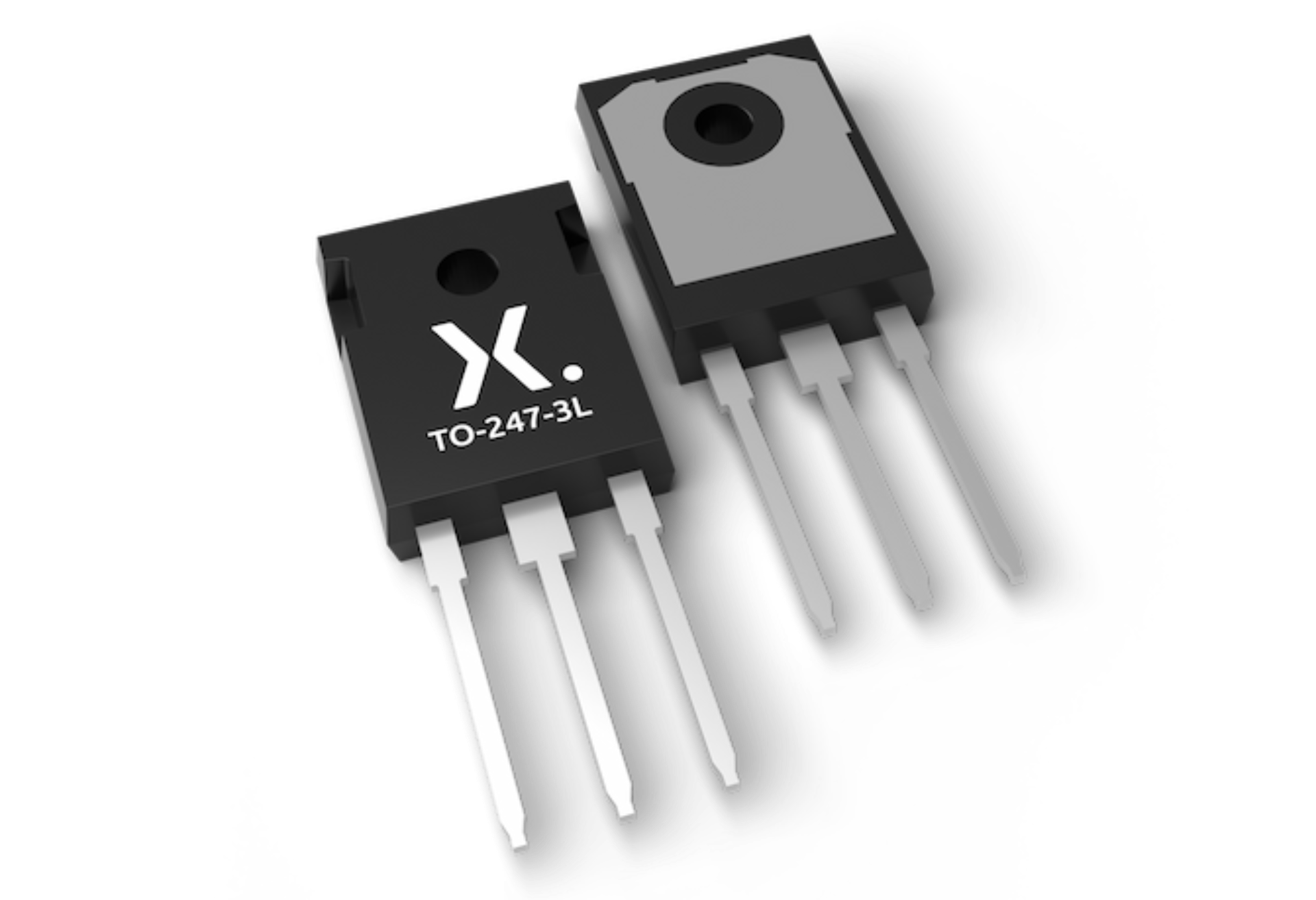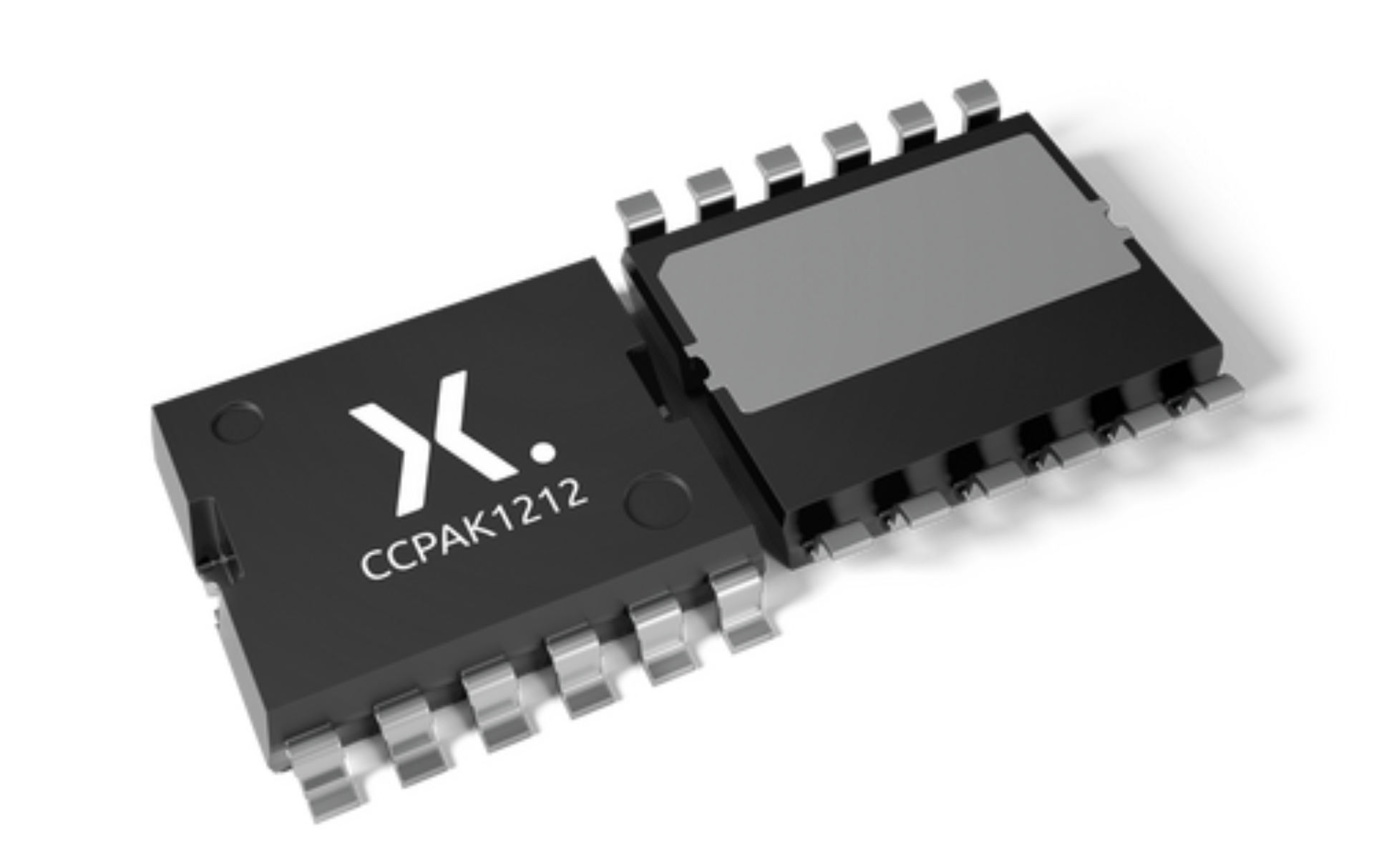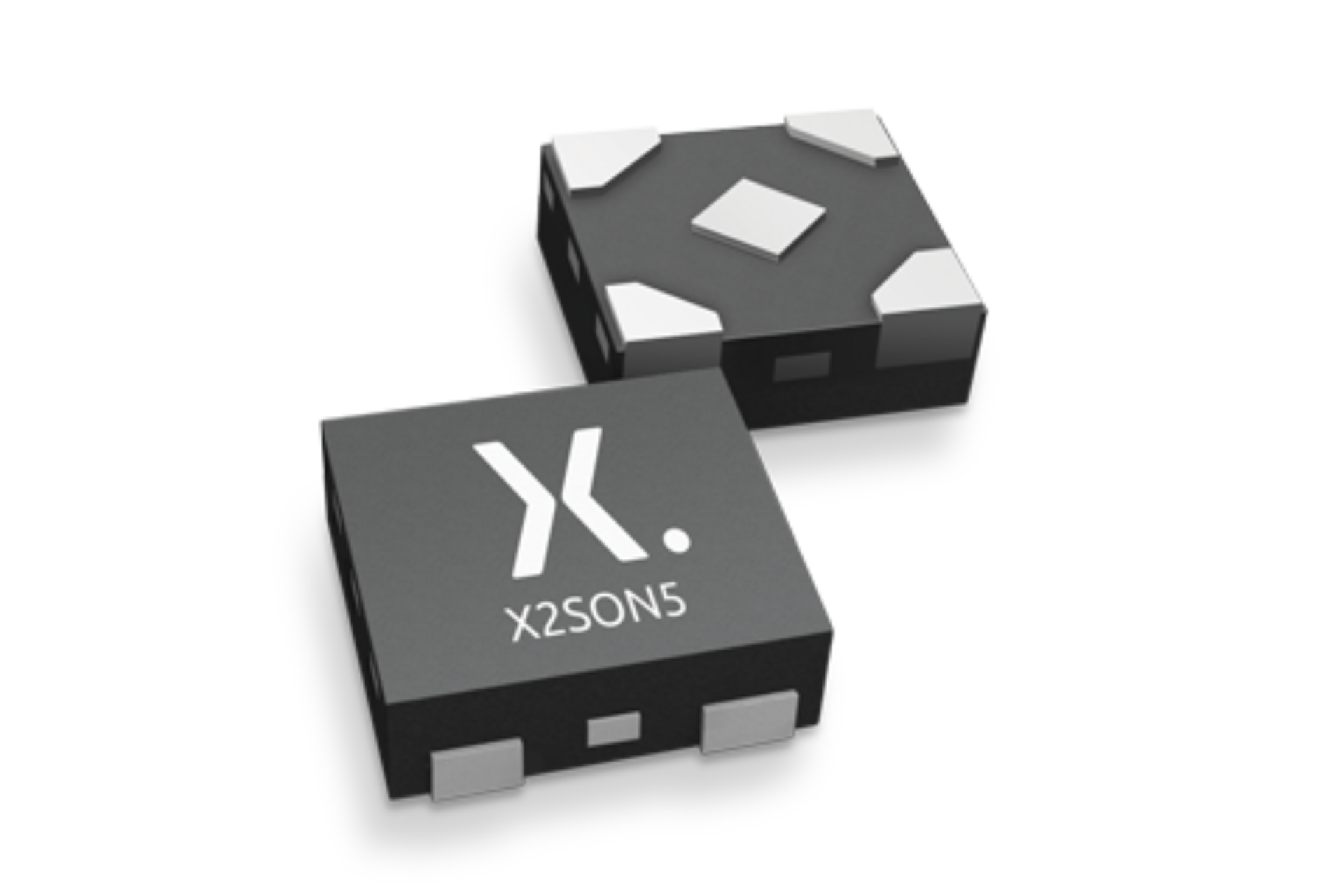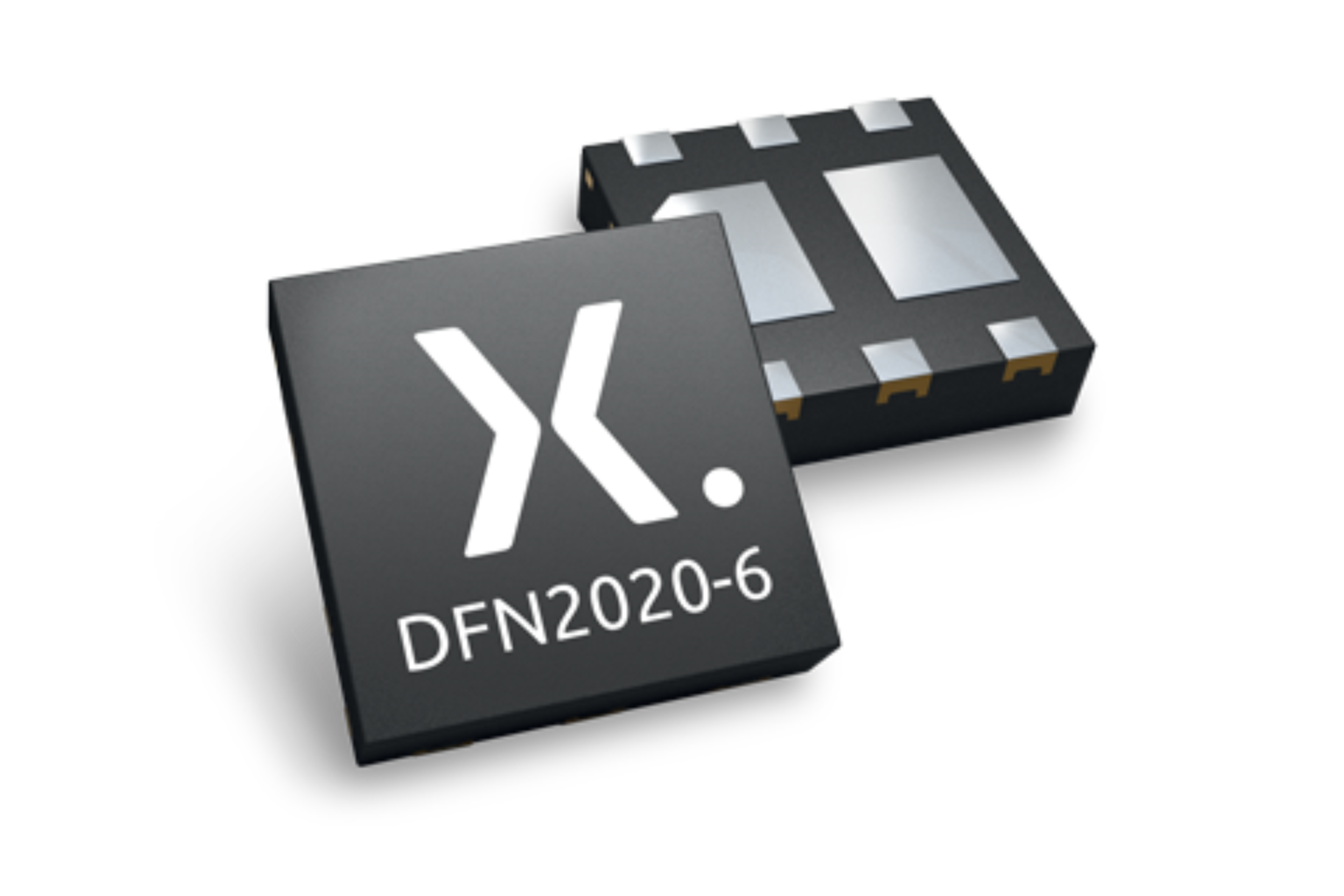- Block diagram
- Design considerations
- Product listing
- Videos
- Videos
- Support
Block diagram
AC/DC converter
Power management
Battery Management System (BMS)
Recommended products (4)
Related systems (1)
Power sourcing equipment (PoE / PoUSB)
Related systems (1)
DC/AC inverter
Sensors interface
Communications interface
Recommended products (3)
Signal conditioning
Gate driver
Recommended products (1)
Human-Machine interface
Recommended products (1)
Select a component
To view more information about the Nexperia components used in this application, please select a component above or click on a component (highlighted in blue) in the block diagram.
Design considerations
- UPS systems can be either offline or online, with online offering zero time delay when switching its power source compared
- Design must ensure adequate load balancing, voltage, and current protection, charge and discharge control, thermal management, fan control, monitoring, and communications.
- Designs can use a two-level topology but three-level Neutral Point Clamped (NPC) inverter topologies (T-NPC, A-NPC, or I-NPC) offer better efficiency and reduce EMI
